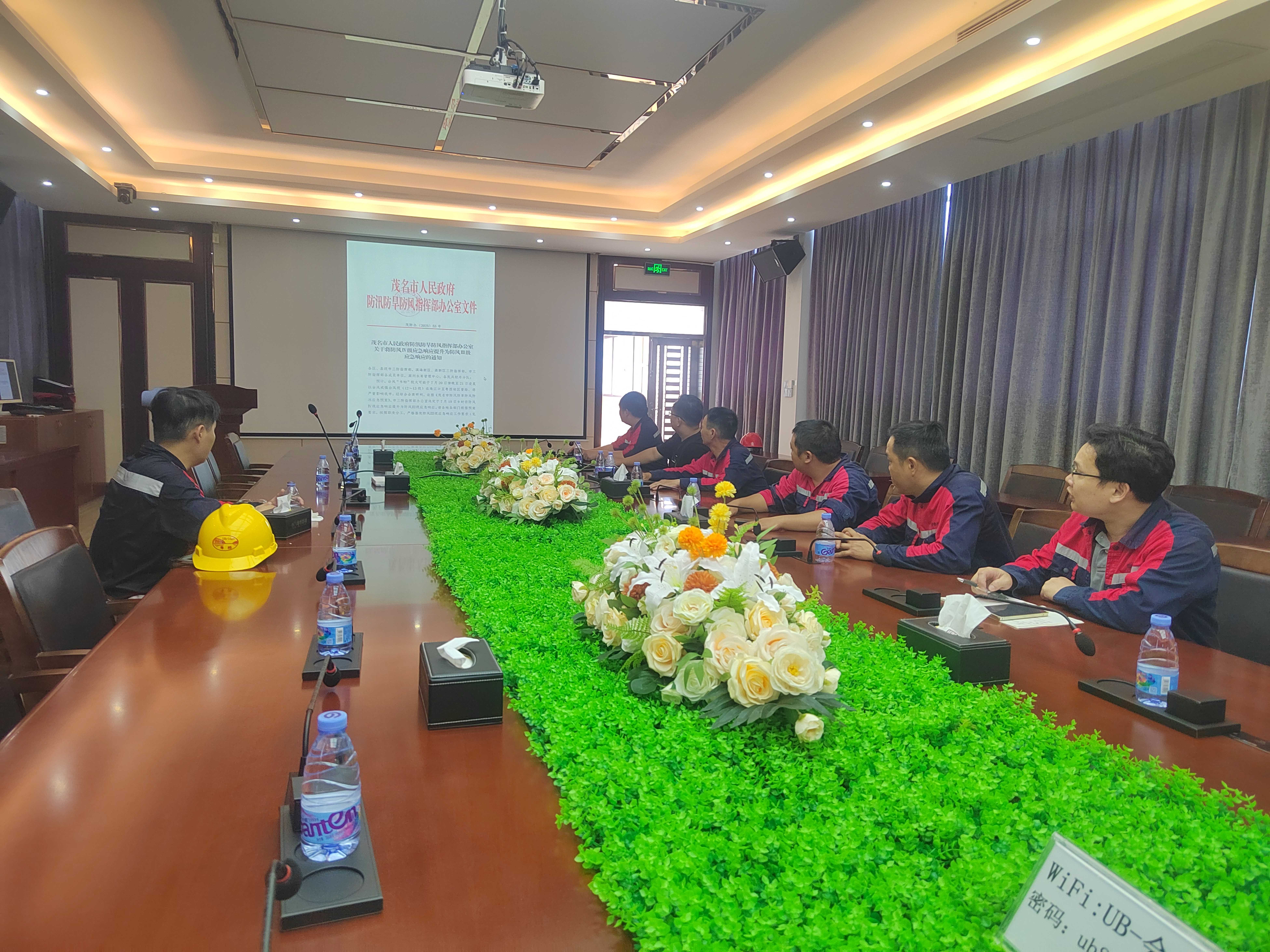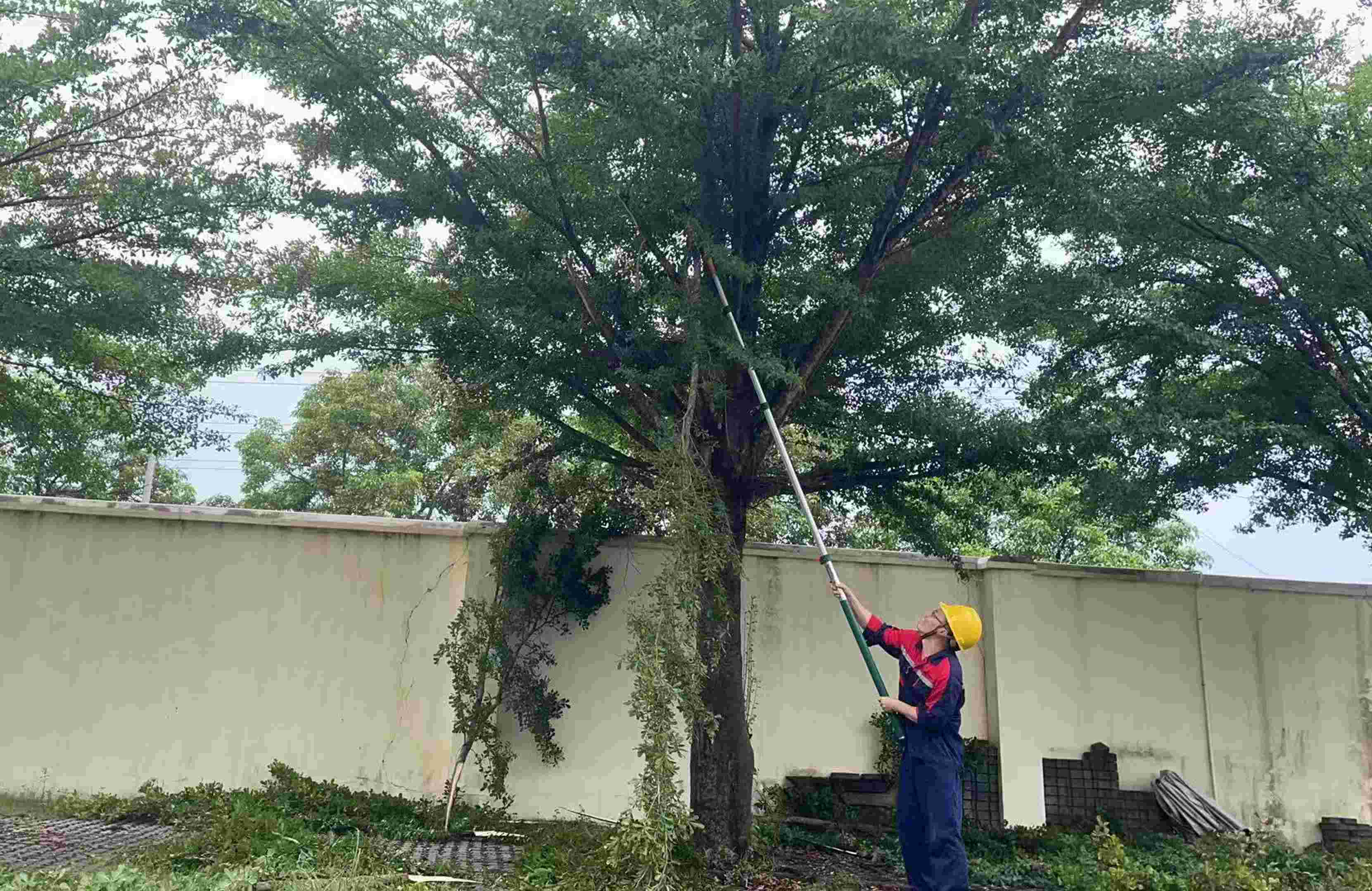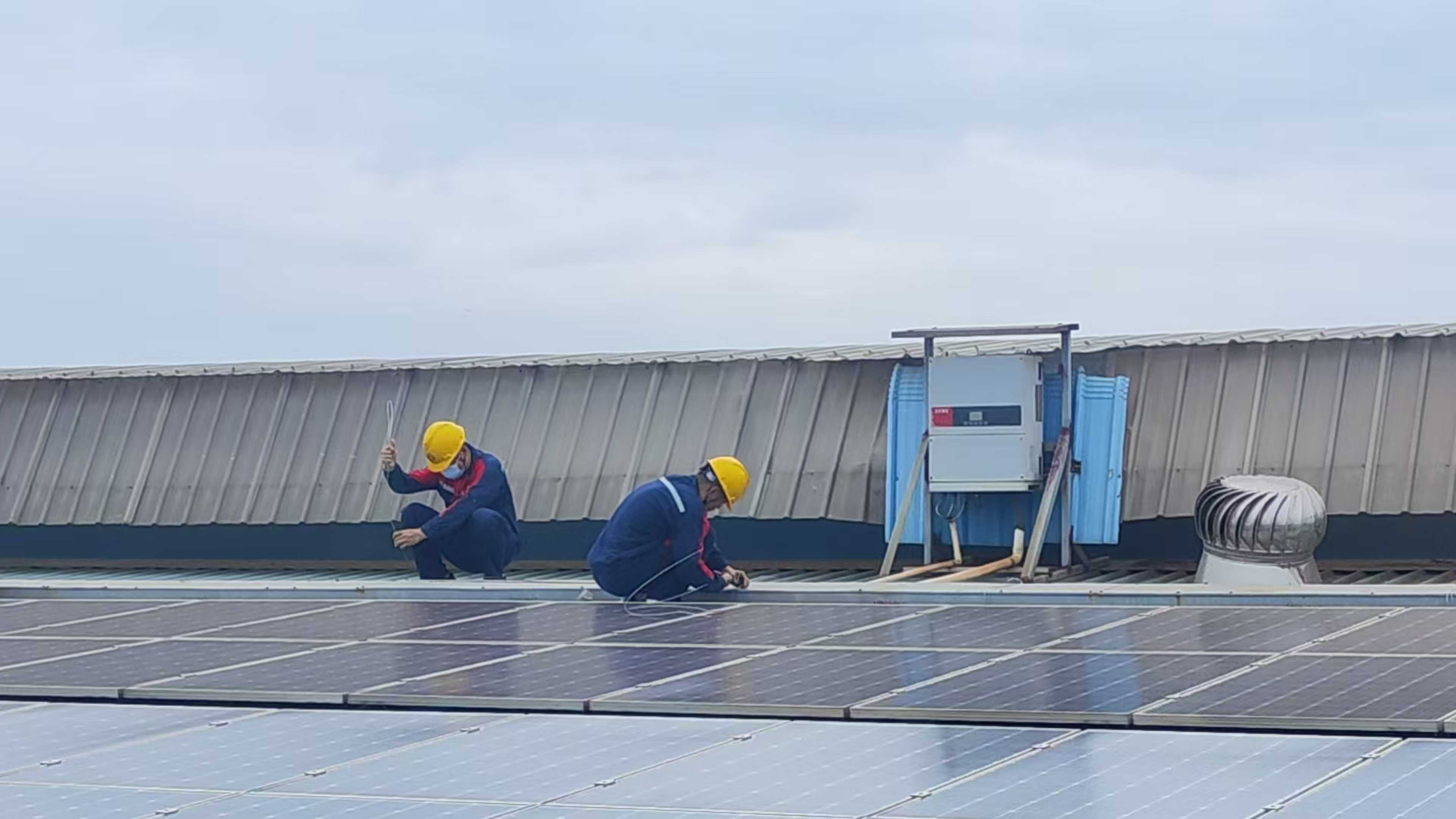According to the emergency notification of the Flood, Drought, and Typhoon Control Command of the Maoming Municipal People's Government, “Wipha”, the 6th typhoon of the year is expected to make its landfall on July 20-21 at central Guangdong Province to the eastern part of Hainan Island with force 13-14 winds. Maoming will be subjected to strong winds and torrential rainfall. The municipal flood, drought, and wind control office immediately launched the Class II typhoon emergency response, requiring all units to rigorously implement precautionary measures. It is made clear that starting from 15:00 on July 20, suspension of classes, work, production, transportation, and business is implemented across the whole territory of Maonan District, Dianbai District, Binhai New District, and High-Tech Zone.
To address the incoming typhoon, Ubridge New Material responded swiftly and deployed solid typhoon control measures.

On July 20, 10:00 am, Mr. Li Lvhua, Chairman of Ubridge New Material visited the High-Tech Factory to supervise the typhoon control efforts. Accompanied by the leaders on duty, Mr. Li Lvhua went to key areas such as workshops and warehouses to check the implementation of typhoon control measures in detail. He emphasized that typhoon control work is critical to the safety of the enterprise and the lives of employees, and must do in a “rather safe than sorry” manner, regardless of whether the typhoon makes landfall in Maoming or not. He requested the staff to comprehensively check the safety hazards in the workshop, ensure that the doors and windows are closed and reinforcement measures are in place, trim the greenery trees in a timely manner to prevent the damage caused by the wind, and provide good logistic support to ensure that the staff's basic living needs during the typhoon.



Subsequently, Mr. Li visited the project site of South China Titanium Valley. He once again emphasized the importance of typhoon control efforts and provided specific guidance at the project site. He asked the project team to pay close attention to the development of Wipha and adjust the control strategies in time to ensure that the safety of the project during the typhoon period.

In addition, in order to effectively cope with the disastrous weather events such as strong winds, heavy rainfall, and storm surge that may occur during Wipha, all responsible units took vigorous precautionary measures swiftly. Firstly, they carried out all-around inspection and maintenance of the drainage system for smooth drainage, electric facilities for a stable power supply, and buildings for their safety. Secondly, they focused on checking and reinforcing the material tarpaulins and plant roofs, which are vulnerable to the wind, to prevent damage. Third, based on the previous typhoon defense experience, they developed a detailed emergency plan to make clear emergency response processes, clarify the division of responsibility, and set up rescue measures. Fourth, they monitored the real-time development of Wipha” and the warning information from the meteorological department, and adjusted precautionary measures accordingly and timely to ensure that the typhoon control efforts are scientific, accurate, and effective.



